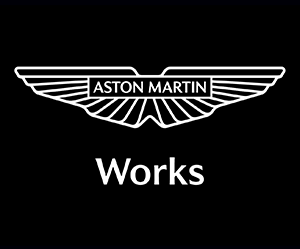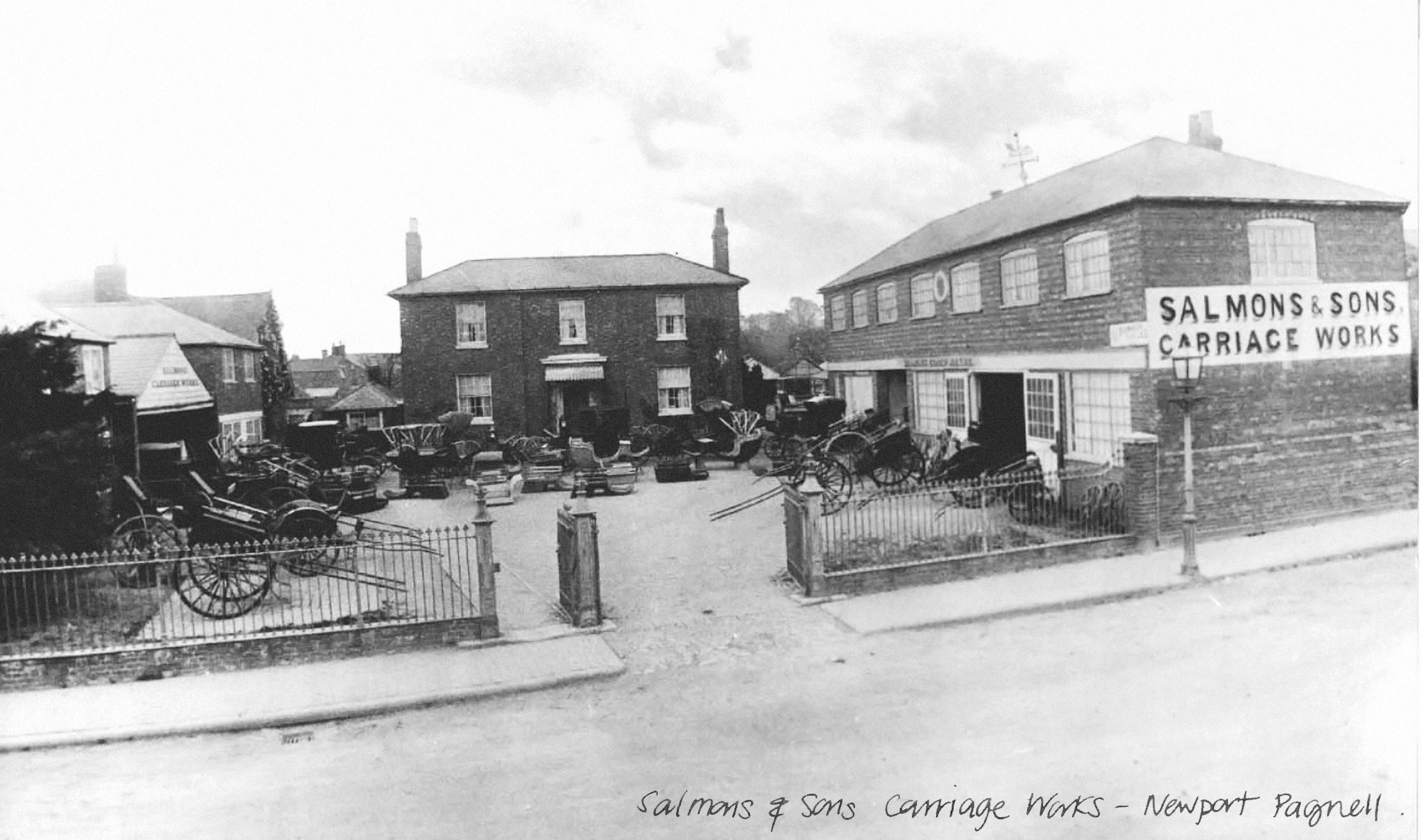MENUCLOSE



 Steve Waddingham is Aston Martin Lagonda’s official historian. In each issue of Works Torque, he will reflect on an element of the brand’s history that has a particular link to Newport Pagnell. In the first of my history features I thought we’d better start at the beginning: by looking at why Aston Martin Lagonda (AML) decided to create a factory in Newport Pagnell, now home to Aston Martin Works, of course, in the first place.
Steve Waddingham is Aston Martin Lagonda’s official historian. In each issue of Works Torque, he will reflect on an element of the brand’s history that has a particular link to Newport Pagnell. In the first of my history features I thought we’d better start at the beginning: by looking at why Aston Martin Lagonda (AML) decided to create a factory in Newport Pagnell, now home to Aston Martin Works, of course, in the first place.
 First, though, let’s go right back to the beginning of AML. Aston Martin was a brand name for the cars that were built by Bamford & Martin Ltd, which was established by Lionel Martin and Robert Bamford in 1913. The pair initially repaired and sold cars and motorcycles and their first premises were at Henniker Mews in Chelsea. They built their first car there in 1914, just before the First World War. Various name changes, financial challenges and location moves came in the decades that followed, and by 1946 Aston Martin was up for sale again – catching the eye of businessman, David Brown.
First, though, let’s go right back to the beginning of AML. Aston Martin was a brand name for the cars that were built by Bamford & Martin Ltd, which was established by Lionel Martin and Robert Bamford in 1913. The pair initially repaired and sold cars and motorcycles and their first premises were at Henniker Mews in Chelsea. They built their first car there in 1914, just before the First World War. Various name changes, financial challenges and location moves came in the decades that followed, and by 1946 Aston Martin was up for sale again – catching the eye of businessman, David Brown.
Soon after buying Aston Martin, Brown purchased the Lagonda motor business, too, and, after further moves and consolidations, it became clear that one site was needed for the production of both brands’ motor cars. During this period some coachwork for David Brown’s various businesses was being supplied by third party coachbuilders: Mulliners (of Northampton), and Tickford, based in Newport Pagnell. This, of course, is where our famous home comes in! David Brown was growing increasingly irritated by quality problems that were being largely blamed on Mulliners so, by 1954, he had made plans to buy one of his suppliers and, perhaps due to the excellent quality of the Newport Pagnell-built bodies, he opted for Tickford. In 1955 the Tickford site became home to all Aston Martin Lagonda road car production, and a legendary reputation began.
During this period some coachwork for David Brown’s various businesses was being supplied by third party coachbuilders: Mulliners (of Northampton), and Tickford, based in Newport Pagnell. This, of course, is where our famous home comes in! David Brown was growing increasingly irritated by quality problems that were being largely blamed on Mulliners so, by 1954, he had made plans to buy one of his suppliers and, perhaps due to the excellent quality of the Newport Pagnell-built bodies, he opted for Tickford. In 1955 the Tickford site became home to all Aston Martin Lagonda road car production, and a legendary reputation began.
But the roots of what was to become perhaps the most famous Aston Martin factory of the 20th Century stretch back much further than Tickford. Established as Salmons & Sons in 1820, the now famous buildings along the main road into Newport Pagnell, sit on Tickford Street, itself named after the ancient abbey which lies a stone’s throw away from our former factory buildings.

In 19th Century Britain there were many thriving coach makers, producing all manner of horse-drawn vehicles. Salmons built everything from simple buggies to luxury coaches. As the motor car era dawned in the late 1890s, coach makers became coach builders, building bodies for cars that could be bolted onto the ladder frame chassis that underpinned most cars of the time. Changing its name to Tickford, the company specialised in making innovative open-topped car coachwork that had roof mechanisms that could be cranked up and down with a handle, at the rear of the car. When closed, this system, coupled with roll-up windows, provided a snug and (relatively!) water tight interior. This style was often referred as ‘all weather’ and was ideal for our notoriously damp climate.
Tickford’s reputation for excellence was, perhaps, what convinced David Brown to locate his unified marques in the then sleepy village of Newport Pagnell, miles away from the firms’ former home on the outskirts of London. But little could he have known that what was to follow would be a period in which some of the most famous Aston Martin and Lagonda motor cars of all time would be produced. Next time, we’ll take a look at the cars that helped cement Newport Pagnell’s place in Aston Martin history.
“WE’RE HERE TO HELP. PLEASE CONTACT US TO SPEAK TO A MEMBER OF OUR CUSTOMER TEAM.“